Pico Island's: A Guide to Must-See Highlights
Embark on a journey to Pico Island, a captivating destination within the Azores archipelago, renowned for its breathtaking landscapes and rich cultural heritage. This enchanting island invites travelers to explore its top must-visit attractions, offering a blend of natural wonders and historical insights. From the majestic heights of Mount Pico, the tallest peak in Portugal, to the unique vineyards carved into volcanic rock, each site tells a story of the island's geological and cultural evolution.
Book your trip now and don't miss the chance to discover the incredible beauty and unique attractions of Pico Island.
1. São Mateus Church
The Igreja de São Mateus, located in the parish of São Mateus in Madalena, Pico Island, Azores, is known for its richness and majesty. The church's history dates back to 1542, although its current structure was built starting in 1838 and completed in 1842. It's noted for its large size, with a length of 33 meters and three naves supported by heavy pillars. Each pillar features an oil painting of an apostle. The church's main chapel ceiling has a detailed fresco of the Ecce Homo scene. The church was declared a Diocesan Sanctuary in 1962. Additionally, the church is known for its celebration of the feast of the patron saint on September 21 and the major festival of the image of the Ecce Homo on August 6.

2. Natural Pools of São Roque do Pico
Echoing the charm of Azorean natural pools, the São Roque natural pool, nestled beside the sea, is a delightful spot for swimming. Although compact in size, its inviting waters are complemented by a small, lush garden area. This verdant setting, with its leafy and wooded ambiance, enhances the overall appeal of the pool, making it an ideal locale for relaxation and leisure.
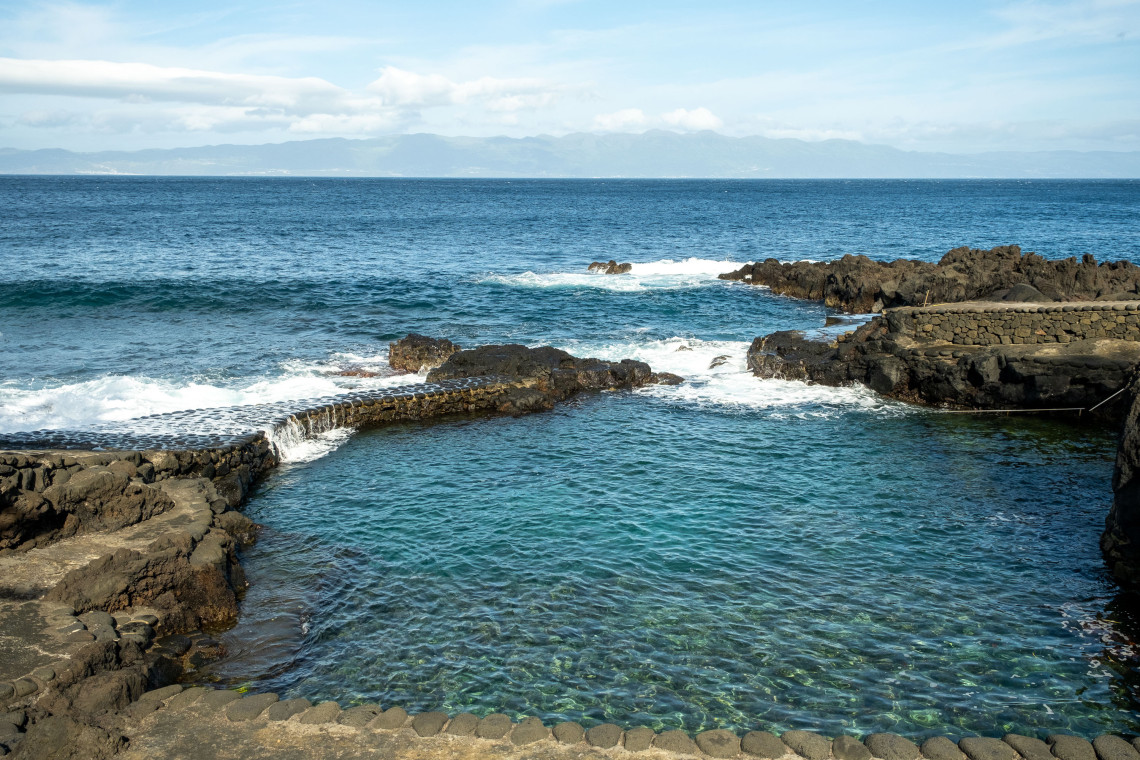
3. Moinho Iluminado (The Illuminated Mill)
The traditional windmill on Avenida do Mar in São Roque do Pico, known now as "The Illuminated Mill," has been recently enhanced with night lighting. This mill, a significant part of the Windmills of the Azores Inventory, was restored in 2015. The new lighting project accentuates the mill's historical charm, making it an even more appealing attraction for both tourists and locals, particularly in the evening. The article on Cais do Pico celebrates this improvement and visually highlights the mill's beauty with photographs.
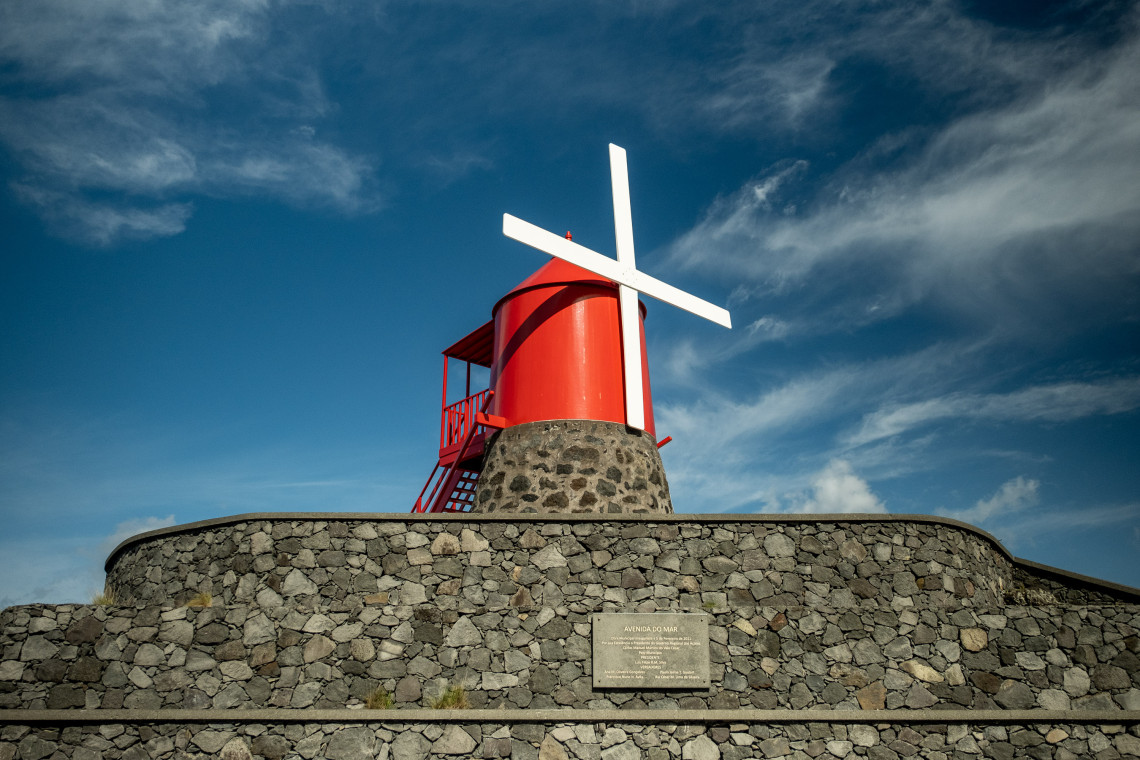
4. Baleeiros Museum
The Museu dos Baleeiros, located in the village of Lajes do Pico, is a testament to the historical importance of whaling in the Azores. It features an extensive collection of whaling artifacts, including tools, boats, and photographs, offering a comprehensive view of the industry's impact on Azorean culture and economy. The museum, set in the former boat houses, also provides a poignant reflection on the hard life of Azorean whalers and their communities.
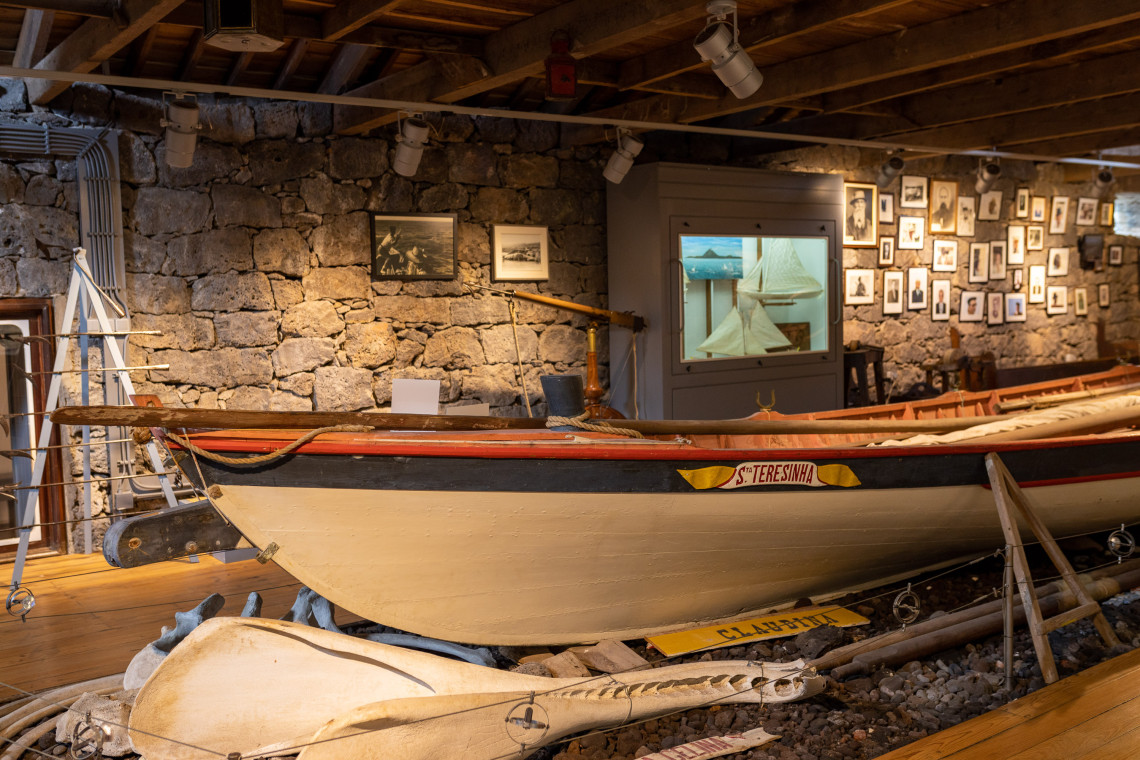
5. Ponta da Queimada - Ponta do Arrife
Ponta da Queimada and Ponta do Arrife are two prominent headlands located in the parish of Lajes, in the municipality of Lajes do Pico, on Pico Island in the Azores archipelago. These geological formations mark distinct points along the island's coastline. Ponta da Queimada lies between Ponta do Castelete and Ponta do Arrife, near the town of Lajes do Pico. Meanwhile, Ponta do Arrife is situated between Ponta dos Biscoitos and Ponta da Queimada, forming part of the scenic and rugged coastal landscape of Pico Island.
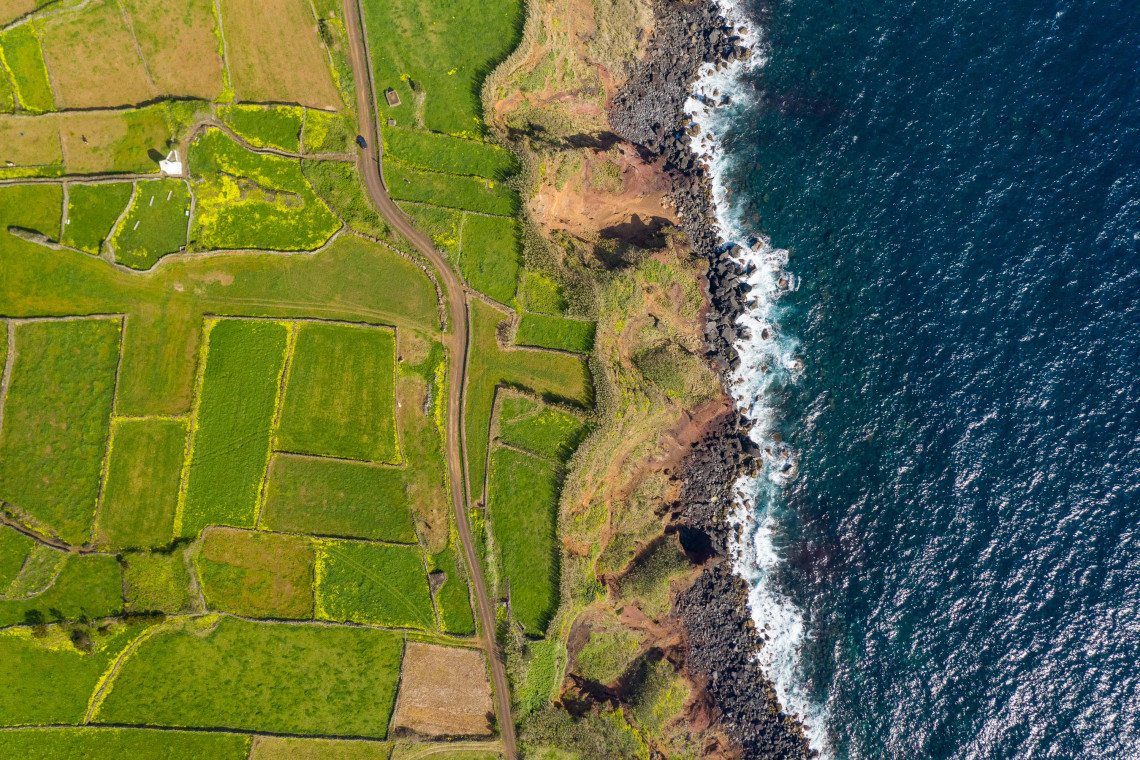
6. Fajã Lávica das Ribeiras Viewpoint
The Fajã Lávica das Ribeiras, located on the southern coast of Pico Island, was primarily formed by lava flows around 3,500 years ago. The 12.5 km hiking trail, Quintas e Ribeiras – Pico (PR17PIC), passes through this area. From this viewpoint, visitors can enjoy panoramic views of this geological site and its surroundings.
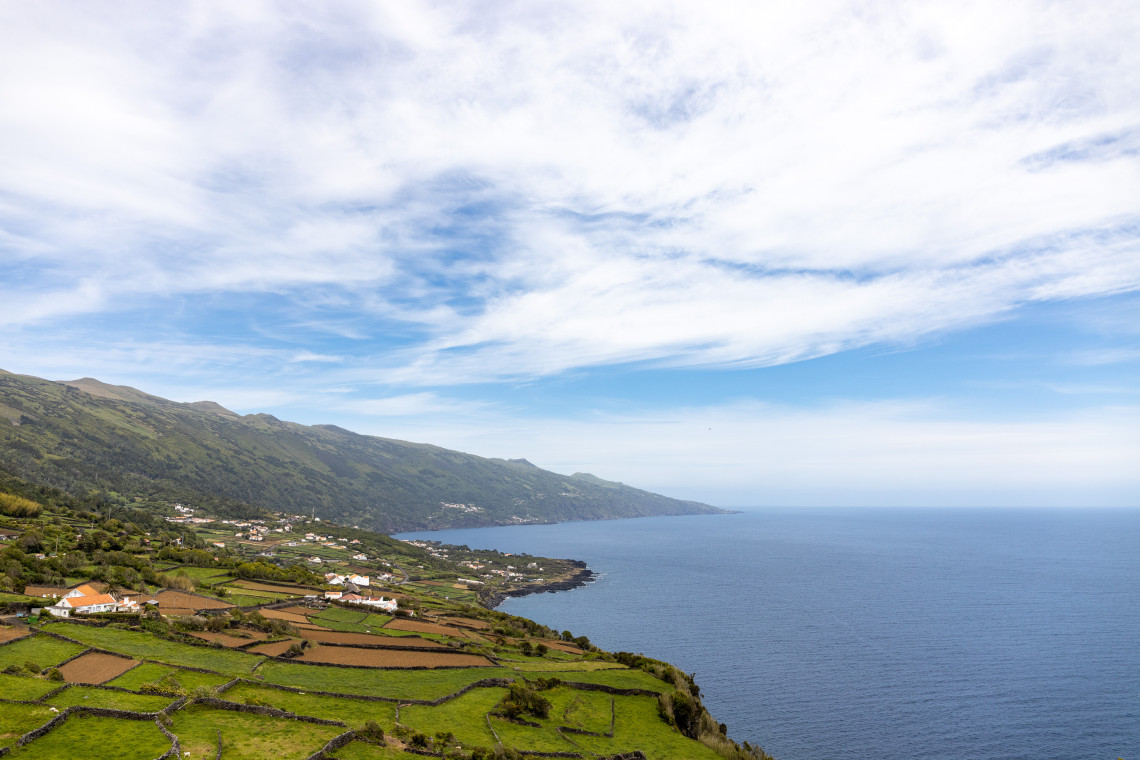
7. Climb Pico Mountain
Ascending Pico Mountain, the highest peak on Pico Island at 2,351 meters, is an essential experience for visitors. The summit rewards climbers with breathtaking panoramic views of the surrounding land and sea, making it a must-see for those seeking a memorable vista. The climb, while not overly challenging, does include steep sections that demand good physical condition. Suitable equipment, like robust hiking shoes and appropriate clothing layers for varying weather conditions, is crucial for a safe and enjoyable ascent. This adventure is perfect for those who relish a physical challenge paired with stunning natural beauty.

8. Whale Watching Between Pico and Faial Island
Whale watching between Pico and Faial Islands is a remarkable experience that highlights the rich marine biodiversity of the Azores. The waters around these islands are known as a prime location for observing various species of whales in their natural habitat. This activity offers a unique opportunity to witness the majesty of these marine mammals up close, often accompanied by knowledgeable guides who provide insights into their behavior and conservation.
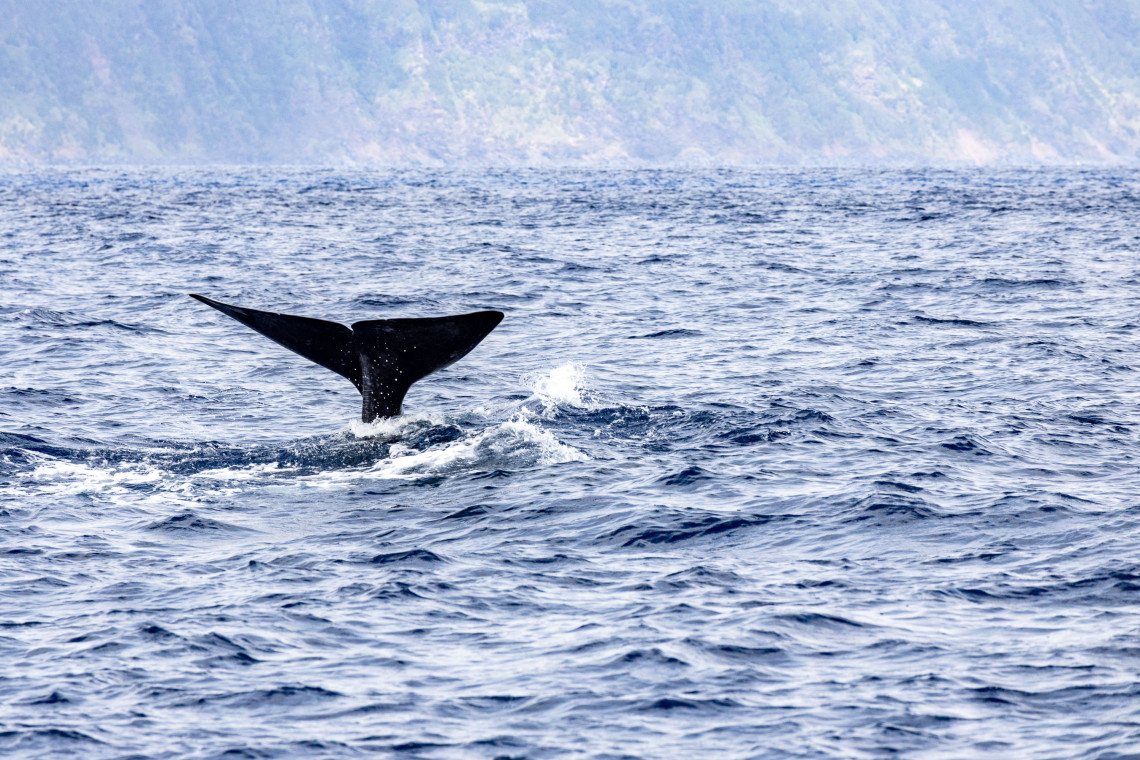
9. Terra Alta Viewpoint
The Miradouro da Terra Alta is a viewpoint located in Ladeira da Terra Alta, in the parish of Ribeirinha, Lajes do Pico. Situated atop a cliff at 415 meters above sea level, this viewpoint offers spectacular views. Its prime location, between the parishes of Santo Amaro and Ribeirinha, overlooks the Island of São Jorge and showcases the forested landscapes of Pico Island, typical of the Macaronesian Laurisilva forests. This vantage point provides a panoramic perspective of the island's natural beauty.

10. Wine Museum
The Museu do Vinho (Wine Museum) on Pico Island, Azores, is situated in a former winery and Carmelite convent near Madalena's city center. This museum showcases the island's wine-making history, displaying traditional wineries, barrels, and tools used for wine and moonshine production. It features a wooden belvedere overlooking a hectare of traditional vineyard, where vines grow on potassium-rich lava beds with a protective layer of soil and walls to shield from winds. The museum's garden is home to several dragon trees, including one over 400 years old.
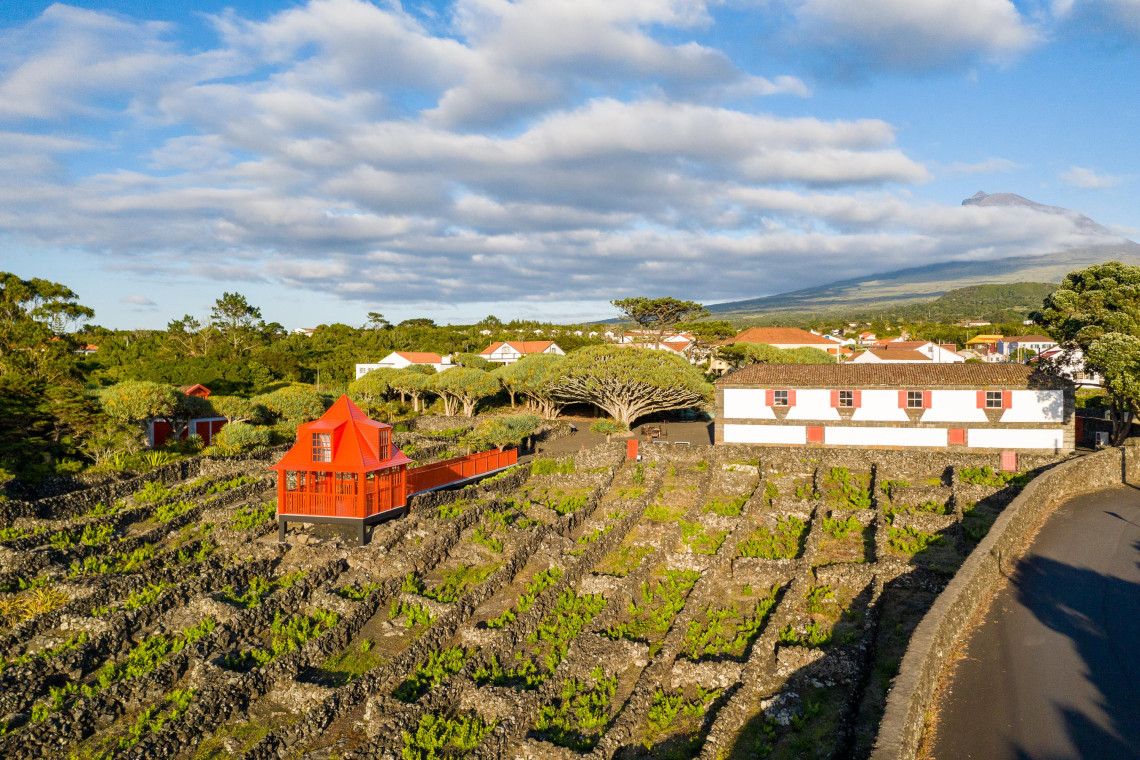
11. Lagoa do Capitão
Lagoa do Capitão, located in São Roque do Pico, is the island's largest lake. Situated at an average altitude of around 826 meters, it can be accessed via the Longitudinal Road (ER 3-2). The lake is surrounded by lush Macaronesian endemic vegetation, rich in species like Erica azorica, cedars, laurels, and vinháticos. This setting makes it a splendid natural attraction on the island.
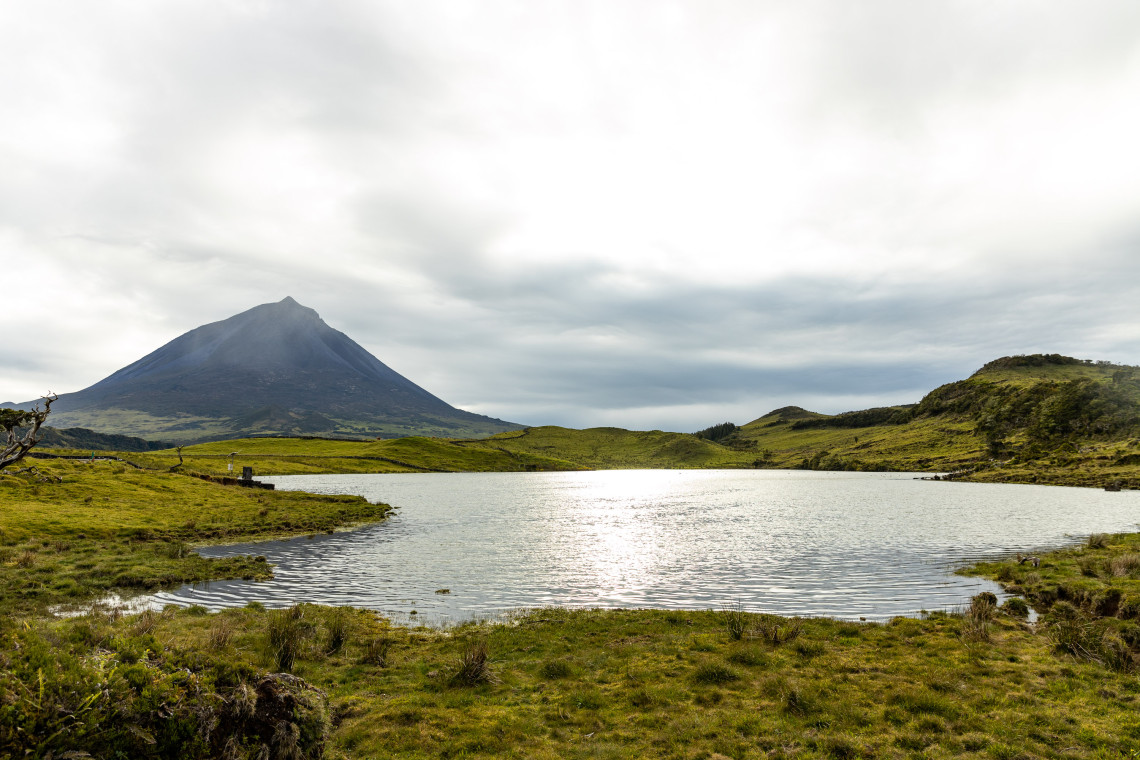
12. Gruta das Torres (Torres Cave)
Gruta das Torres is a significant geological formation formed by the cooling of underground magma flows. Located near Criação Velha, Madalena, this lava cave is part of a complex system of interconnected tubes created by both pāhoehoe and ʻaʻā lava flows, dating back 500 to 1500 years. Its unique drainage pattern is evidenced by multiple layers on the cave walls, lateral benches, and cornices. Gruta das Torres is one of 17 caves on Pico Island recognized for its natural heritage, with the potential for UNESCO World Heritage Site status.

13. The Lajes do Pico Vineyards
Visit the volcanic soil of the vineyards, located at the base of Pico Mountain, to take part in a unique tasting experience. The vineyards are home to an array of grape varieties including Verdelho, Arinto, and Terrantez. From here, you can purchase bottles of wine or sign up for a guided tour to learn more about how grapes are grown in this special environment.
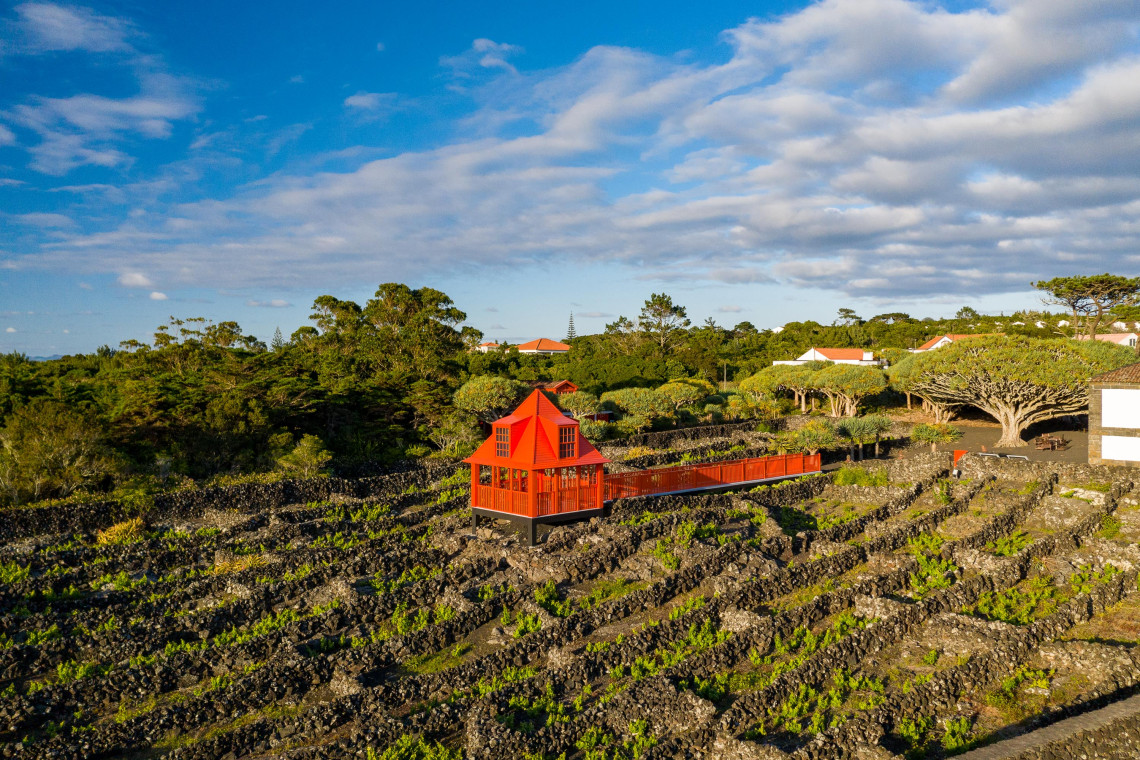
14. Ponta da Ilha Lighthouse
The Farol da Ponta da Ilha, also known as Farol da Manhenha, is a lighthouse situated at Ponta da Ilha in the Manhenha district of Piedade, in the municipality of Lajes do Pico, on Pico Island, Azores. It features a straightforward architectural style typical of the 20th century. This well-maintained lighthouse, built in 1946, stands within Pico Island's protected landscape area and is one of the more recent lighthouses in the Azores. Its design follows the trends of civil public architecture of the time.
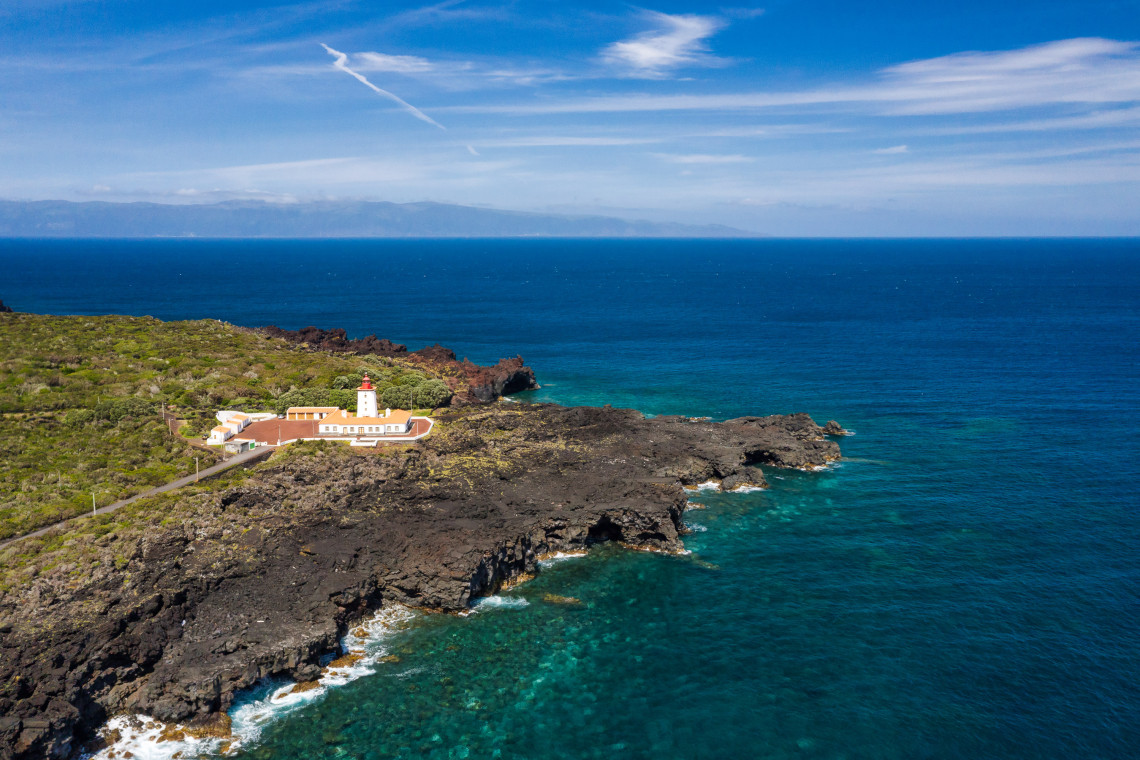
15. Cais do Mourato
Cais do Mourato, situated in the Mourato area of Bandeiras parish, Madalena do Pico municipality on Pico Island, was once a fishing harbor. Today, it serves as a recreational swimming area, transforming from its historical fishing roots to a leisure destination.
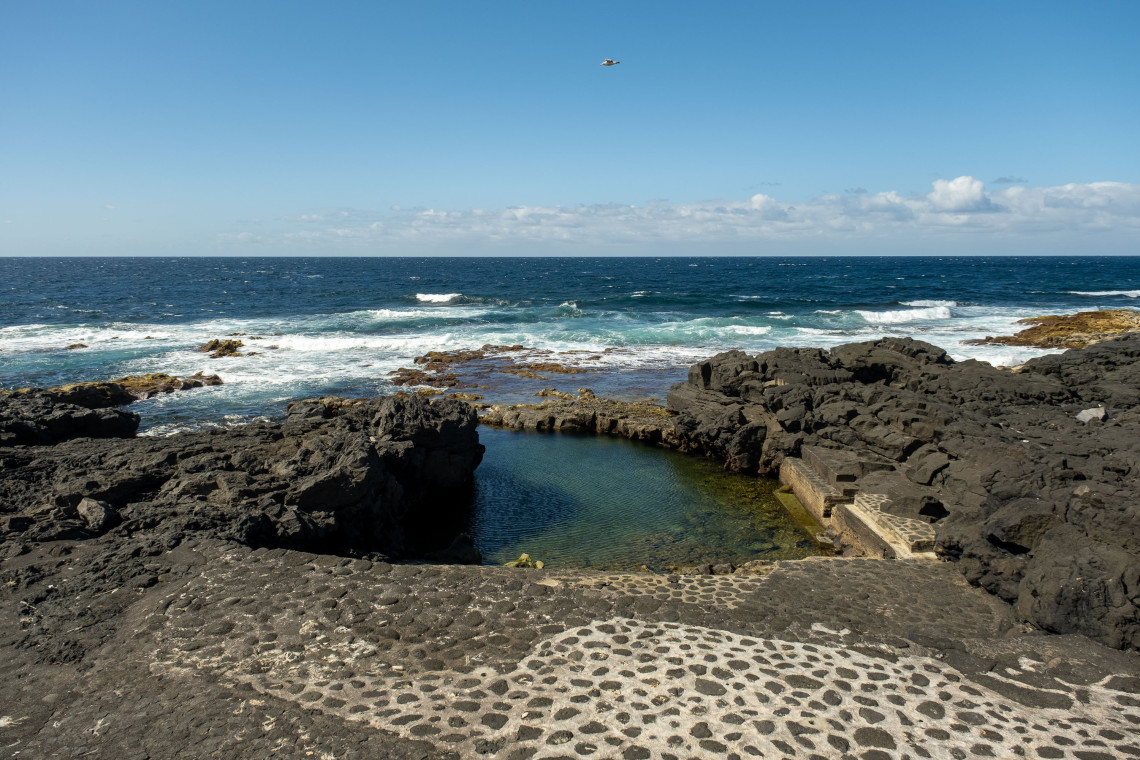
16. Cela Bar
Cella Bar offers a unique gastronomic experience within an architecturally stunning building. Located in Lugar da Barca, Madalena, this bar is known for its exceptional design and location, making it a notable destination for visitors to the island. The ambiance, combined with the culinary offerings, creates a memorable experience for those looking to enjoy the local flavors and scenic beauty of Pico Island.
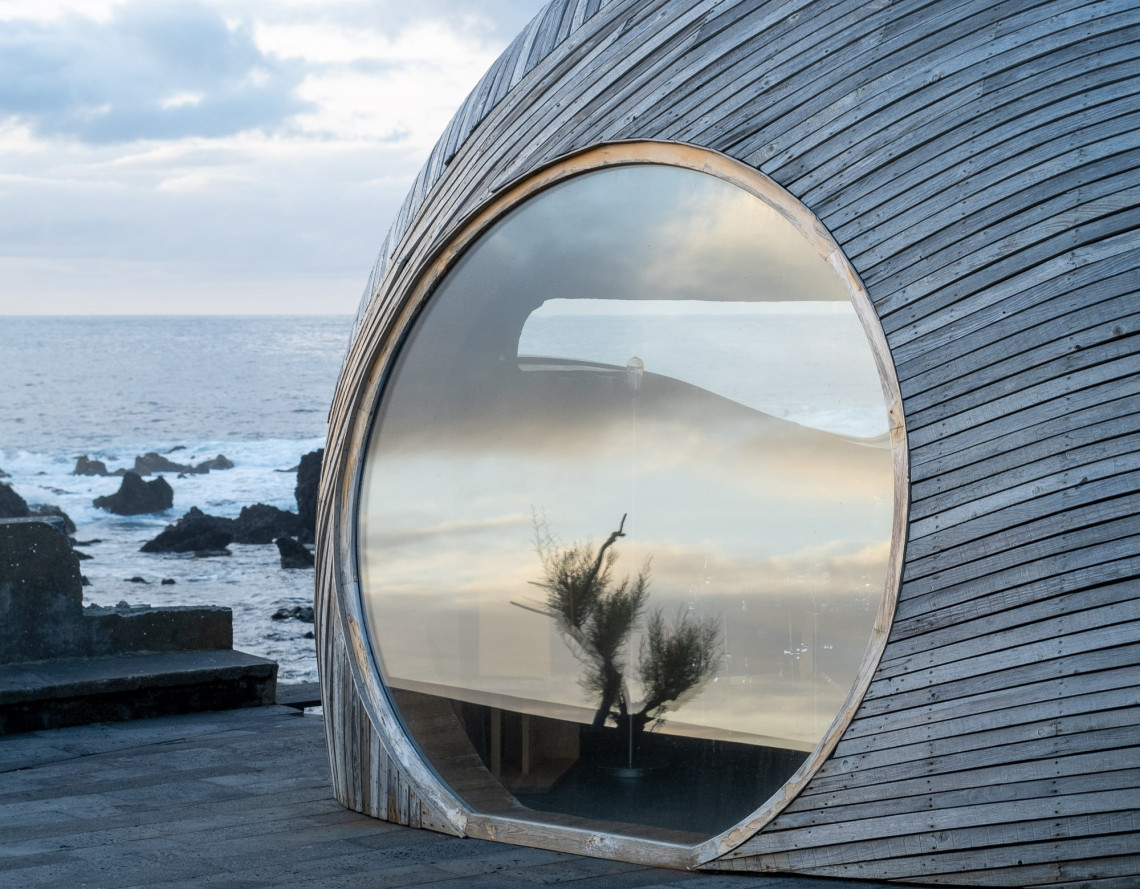
17. Adega Czar
Adega Czar is a winery with a rich history and a unique approach to wine production. The winery specializes in natural wine, made without the addition of alcohol, sugar, or yeast. The composition of their wine varies each year, depending on the maturity of the grapes and the climate conditions, and it is known for reaching an alcohol content of 18% or more, a unique feature in the world of wine. The vineyards of Adega Czar are located in Criação Velha, a UNESCO World Heritage Site. The grapes used in their wines are grown in volcanic soil, contributing to the wine's distinctive characteristics. The process of defoliation is carried out a few days before the late harvest, helping to over-ripen the grapes. The winery has a long history, dating back to the 15th century when friars first brought grapes to Pico Island. Czar Winery's wines have a reputation for being coveted by historical figures, including royal czars, due to their exclusivity and high quality.
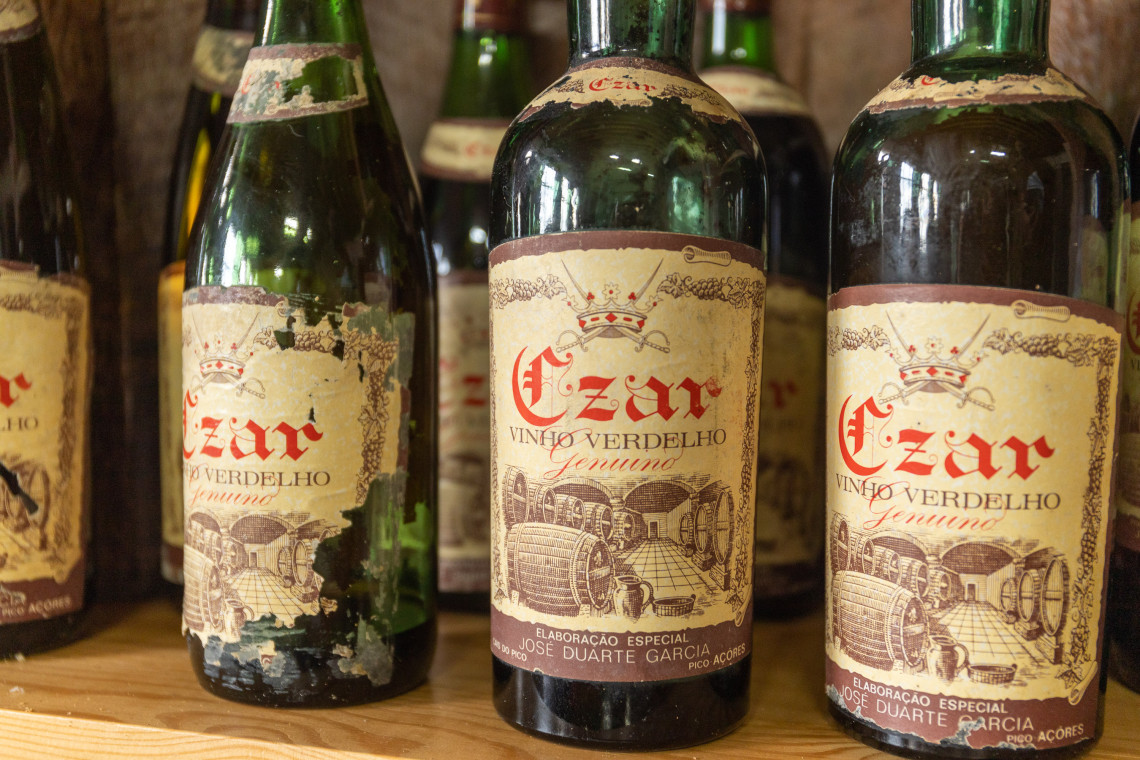
Are you already in love with the Azores? Take a look at our stress-free packages that allow you to book your ultimate island adventure. All our packages are carefully curated by our team of local Azorean Experts so that you don’t need to worry about any details – just enjoy your trip!



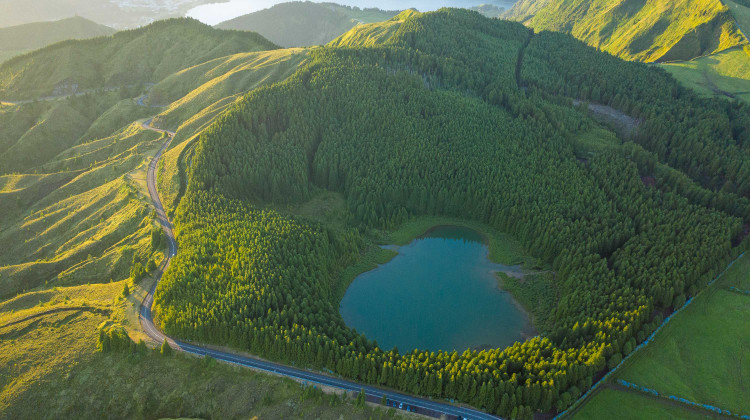
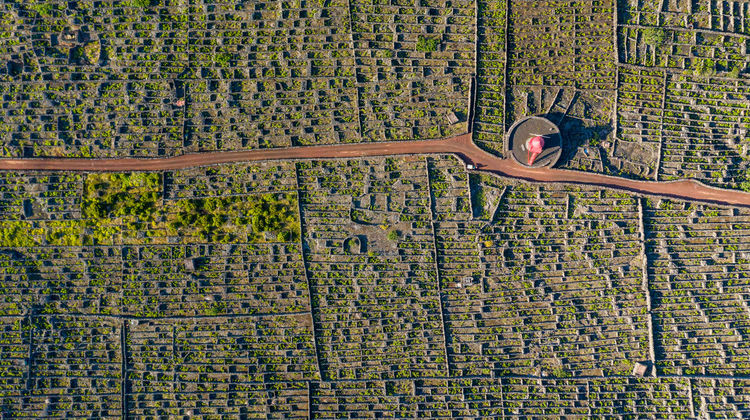
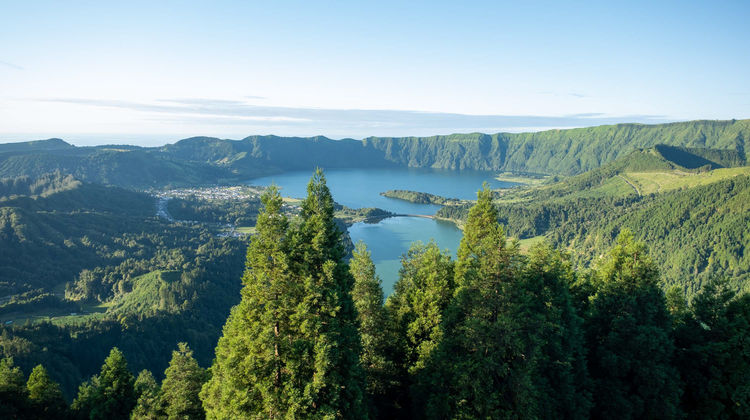
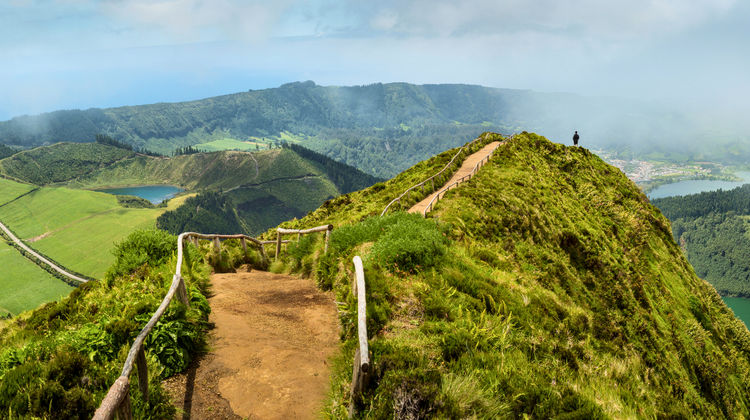


.jpg)

